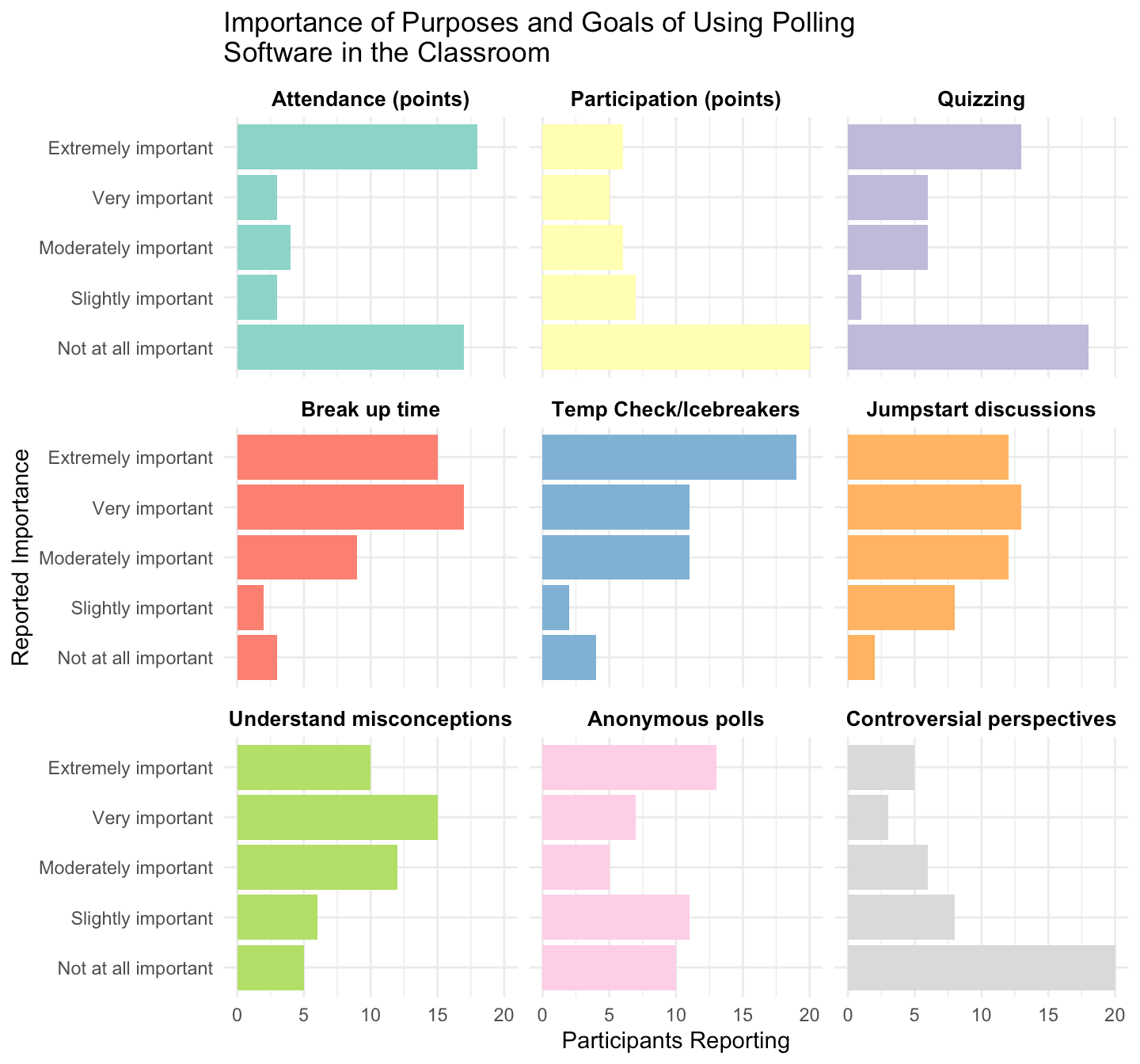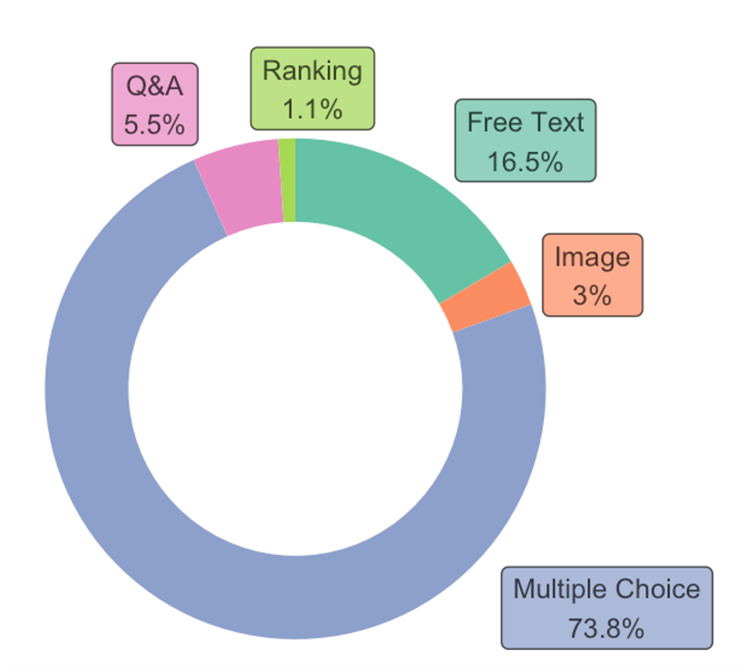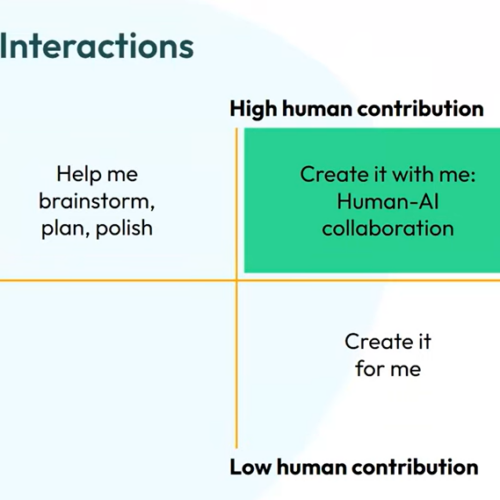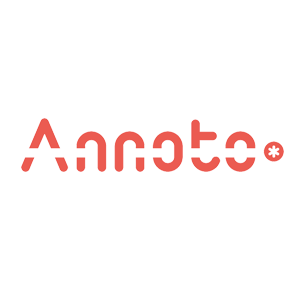5 Things You Should Know About Polling at Wash U

Written by Jayde Homer, Psychological & Brain Sciences PhD Candidate and CTL Data Fellow
Polling technologies, like Poll Everywhere, have been used for decades at Wash U to engage students in the classroom. Have you ever wondered how instructors and staff use polling or how polling has expanded beyond the classroom?
I have investigated the use of polling in my role as Graduate Student Data Fellow with CTL, alongside Dr. Sally Wu, Assistant Director for Educational Technology. Below, we share some results on staff and faculty’s informal use of and attitudes towards polling software using a survey conducted in early 2023 by the IT Teaching & Learning Governance Committee.
ONE
As Michael Scott from The Office would say: “Sometimes you have to take a break from being the kind of boss that’s always trying to teach people things.” Being the boss of a classroom or meeting means practicing active listening. Polling is one way you can incorporate more active listening into your leadership and teaching.
Ever wonder if your students are really picking up what you’re putting down? Don’t wait to find out when they bomb their final exam. Incorporate frequent, low-stakes polls at different points during classes to check in on their learning. Polls can also foster active learning that engage students in various ways. The figure below shows what other uses instructors have for polling, from taking attendance to icebreakers and understanding students’ misconceptions.

TWO
Speaking of classroom practices, did you know that polling isn’t just for the classroom? In fact, our survey respondents report using polling during community presentations, in their advising roles, in extracurricular contexts, and during lab, departmental, and school meetings. They also reported using polling mostly in-person across different contexts (classroom, meetings, etc.), which may be because classes are back in-person now. However, nearly half of respondents report using polling in a virtual context, like Teams or Zoom which have their own polling option. Give it a try at your next meeting or lab email to take an anonymous vote or have your Research Assistants rank where they want to go for the end-of-semester lab outing (the answer is probably Clementine’s).
THREE
Ah, lab outings. Remember 2019 when lab outings were a thing of the past and the far, far future? #thanksCovid. You might have guessed it, but we did indeed see an increase in the need for easy-to-use technologies that fared well from afar and allowed a classroom to feel some sense of normalcy and community amongst peers. Of 23 respondents who described changes made to their polling methods, only four users stopped polling altogether after a return to in-person classrooms. Respondents report using different polling technologies: Poll Everywhere, Zoom polls, Qualtrics, Google Forms, Kahoot, iClicker, and Sli.do. Of these, people are most satisfied with Poll Everywhere.
FOUR
Poll Everywhere was also most used because it was well-established and supported by the university. With a Wash U email address, you have free access to a Pro account! Polling is easy and accessible with Poll Everywhere. Instructors can create, host, and present polls with real-time results from the web or their slide deck. The audience can access polls from virtually any internet-enabled device using a QR code, a link or access code on the web, or sending a text message.
Furthermore, there are different options for polling questions. When asked what features are important to them, respondents expressed the strongest support for multiple choice polls, followed closely by free text response, and very mixed results for Q&A polls. This makes sense with how we see people using Poll Everywhere, with most people using multiple choice and some using other types such as free text, clickable images, Q&A, and ranking. The pie chart below shows a distribution of the poll types used on over 16,000 polls conducted between Fall 2021 through Spring 2023, resulting in nearly 2 million responses.

FIVE
Now, although Poll Everywhere was a fan favorite, it does not come without some mild complaints. Primarily, respondents who want to track attendance or give grades expressed understandable frustrations with Canvas-integration features (e.g., gradebook and roster syncing). Canvas integration may fail when students are unknowingly in guest mode, add or drop the course, or do not follow registration instructions properly. These frustrations have led some users to avoid Poll Everywhere in favor of iClicker. We have brought these issues to Poll Everywhere’s attention and hope to see some improvements soon. If you have faced frustrations with Poll Everywhere or other polling technologies and want to talk about different options, you can reach an EdTech specialist by emailing edtechtools@wustl.edu.
Conclusion
Polling and especially Poll Everywhere is used everywhere at Wash U, and the data suggest that it’s not likely to being going anywhere anytime soon! Everyone should have a tool that helps them in and out of the classroom without sacrificing their precious time or requiring massive amounts of creativity.

If you don’t currently have a polling tool of your own, hopefully, this gives you a good reason to adopt Poll Everywhere! And if you need help getting started, check out CTL’s overview of Poll Everywhere or book a consultation with a team member at CTL today!





